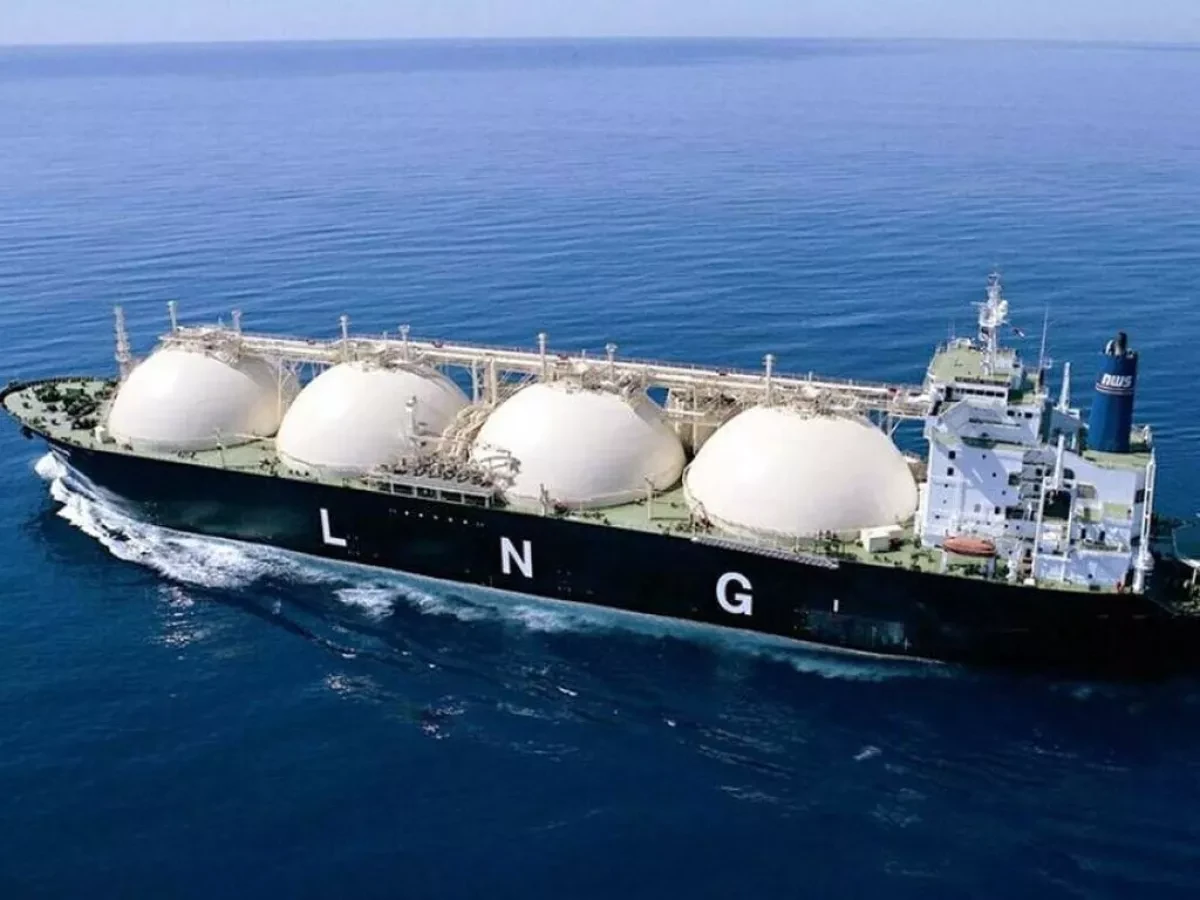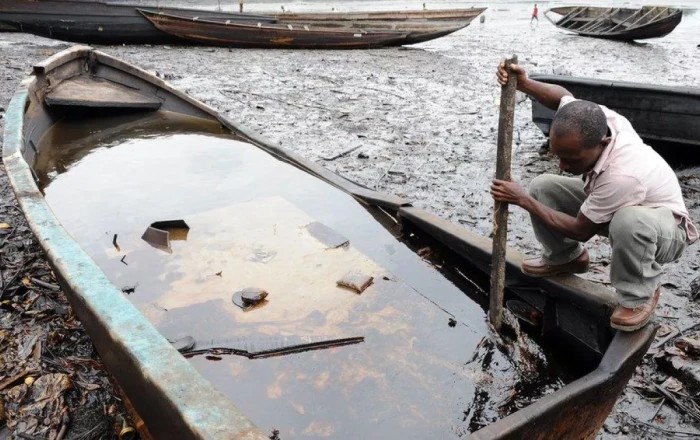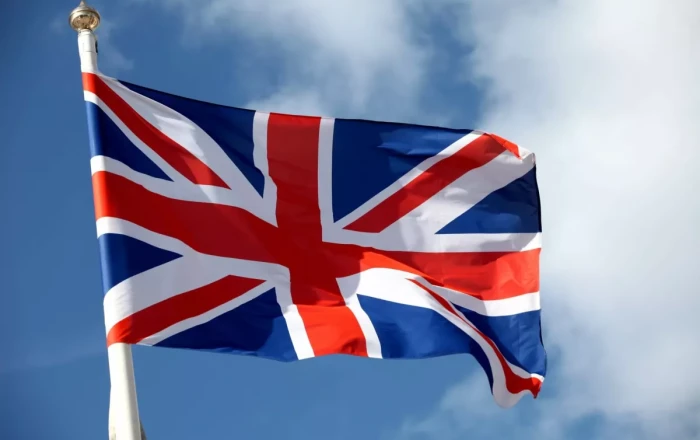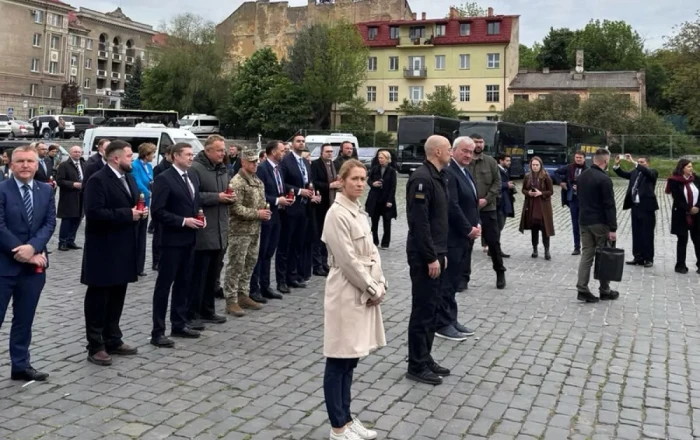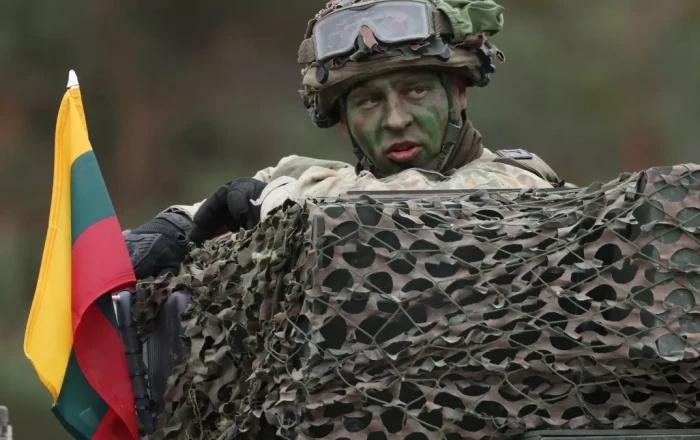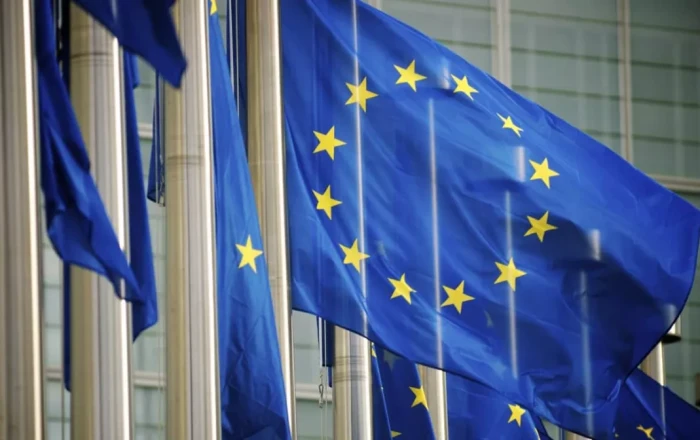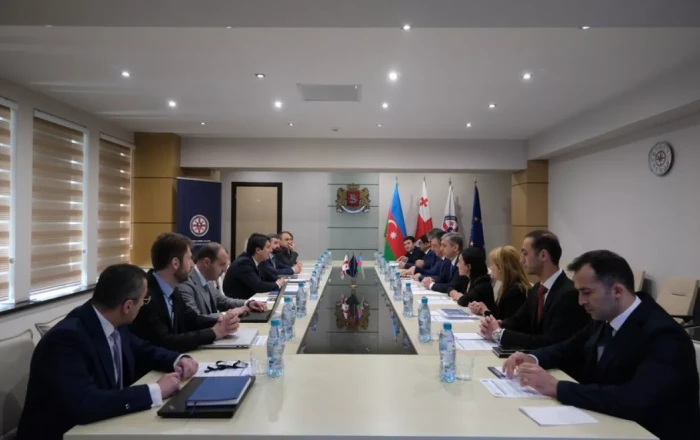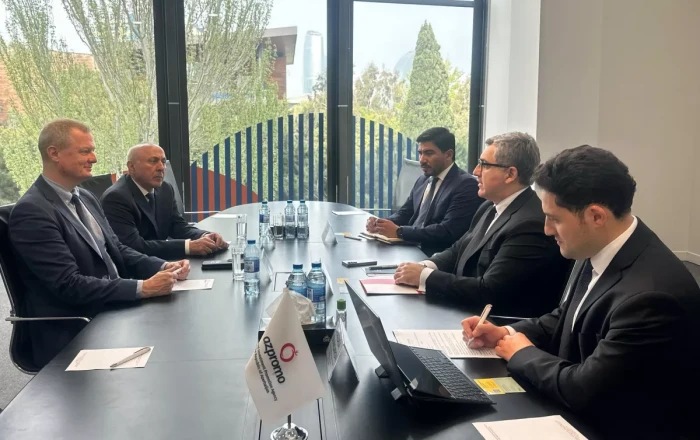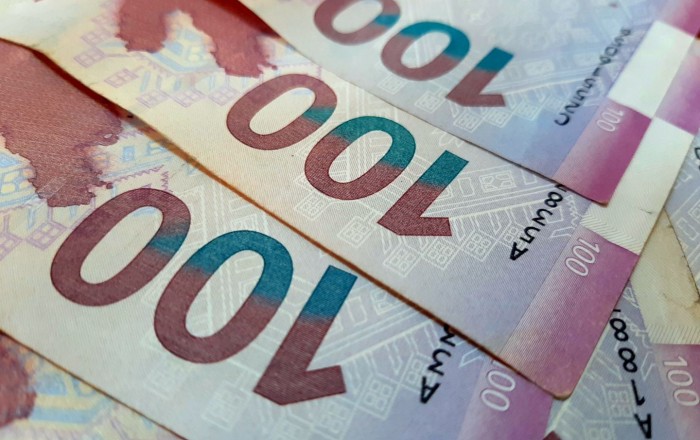The European Commission has released a long-anticipated plan to end the European Union’s reliance on Russian fossil fuels by 2027, responding to growing criticism over continued LNG imports from Russia despite the ongoing war in Ukraine.
The roadmap outlines a two-phase strategy: ending all new gas contracts with Russian suppliers by 2025 and phasing out existing ones by 2027. However, an article by the Deutsche Welle highlights that some experts remain sceptical with fossil fuel flows still strong and intra-EU divisions widening. While overall Russian fossil fuel imports have declined since 2022, Russian liquefied natural gas (LNG) imports into the EU surged by 18% in 2024, highlighting the bloc’s ongoing dependence on Kremlin-linked energy.
In 2024 alone, the EU spent €23 billion on Russian fossil fuels, indirectly funding Russia’s war efforts. Pawel Czyzak, a researcher at the UK-based energy think tank Ember, told the publication that exiting Russian energy has been an uphill battle since the beginning of the war. Despite a reduced share, Russian gas still accounted for 17.5–19% of EU imports in 2024. The Commission’s approach has been inconsistent, partly due to the complex trade-off between energy security and economic stability. The war in Ukraine triggered a dramatic rise in global energy prices, intensifying the cost-of-living crisis and squeezing industry—complicating the political will to fully sever ties with Russian suppliers.
Russian LNG has thus far been excluded from EU sanctions, although a March 2025 regulation banned its transshipment through EU ports for non-EU destinations. Yet, imports of Russian LNG for internal EU use have continued, largely through France, Belgium, and Spain. France, in particular, significantly increased its Russian LNG intake by 81% in 2024, spending €2.68 billion. According to the Institute for Energy Economics and Financial Analysis (IEEFA), there is concern that France is not only consuming Russian LNG but also redistributing it across Europe via its integrated grid system.
Once regasified and mixed into national grids, the origin of LNG becomes untraceable, effectively allowing Russian gas to be rebranded as European. Meanwhile, LNG imports from the United States have come to dominate EU supply, though questions remain about long-term reliability. Czyzak points to growing pressure tactics from Washington, including threats of tariffs, and warns that the changing political climate—especially under the Trump administration—makes it difficult to view the US as a stable energy partner.
In contrast, EU Energy Commissioner Ditte Juul Jørgensen stated that "no other supplier is as problematic as Russia," highlighting the ongoing urgency to reduce Russian influence. Despite the EU's successful efforts to secure gas from alternative sources like the doubling of gas import from Azerbaijan agreed upon in 2022, European gas prices remain stubbornly high. In 2024, prices rose 59%, with the TTF benchmark increasing from €30 to €48 per megawatt-hour. Although a seasonal decline is underway with the end of winter, prices remain elevated compared to pre-Ukraine war levels, undermining Europe's industrial competitiveness relative to global peers like the US and China.
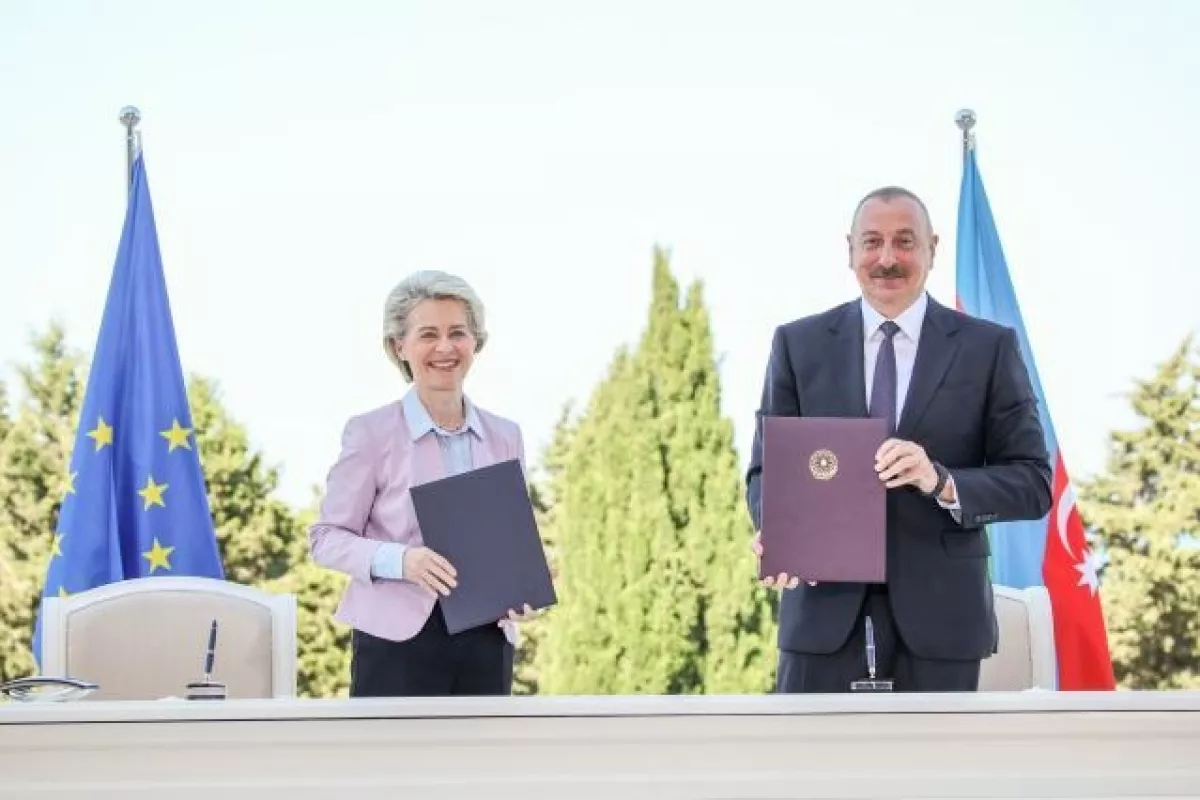
The Commission’s plan will now be debated by member states, requiring only a qualified majority to pass.
However, political obstacles remain, especially from Hungary, Austria, and Slovakia—countries that still depend heavily on Russian pipeline gas and have resisted similar initiatives in the past. Complicating matters further are ongoing diplomatic discussions, including reported US proposals for a Ukraine ceasefire deal involving partial sanctions relief for Russia. If realized, such developments could undercut the EU’s momentum and weaken its resolve to fully disentangle from Russian energy. Internal EU divisions, shifting global alliances, and persistent Russian energy flows threaten to derail the plan, even as the costs of inaction grow.
By Nazrin Sadigova
Source: caliber.az


